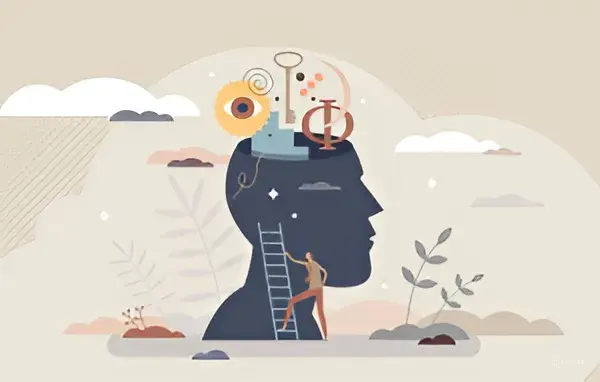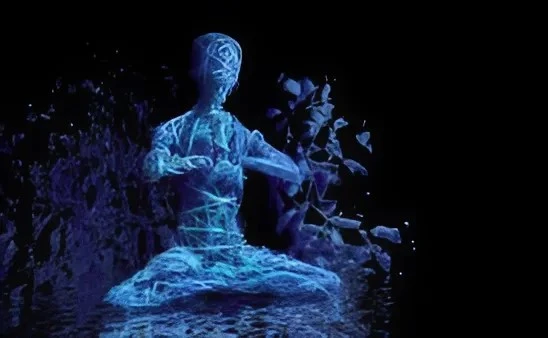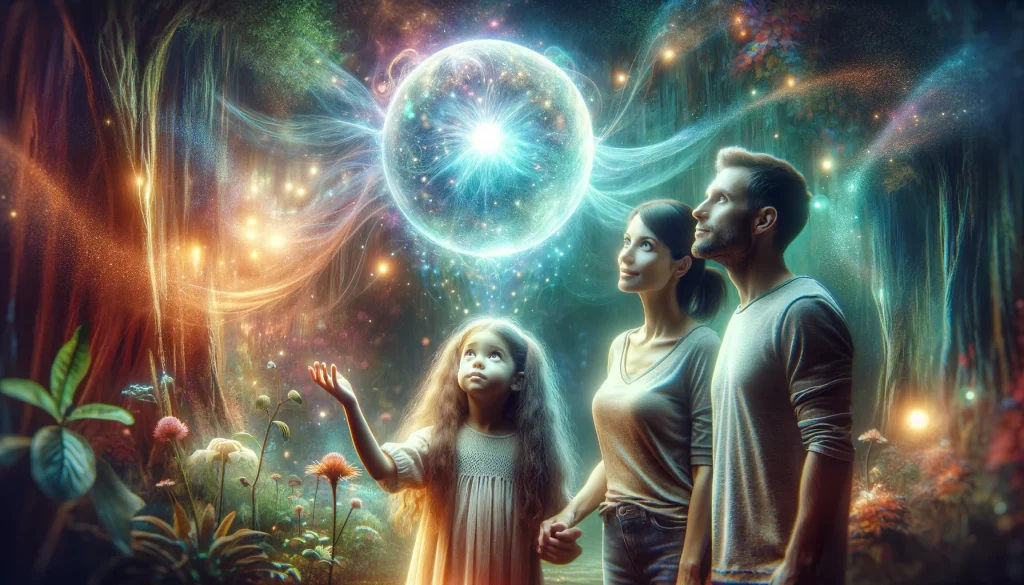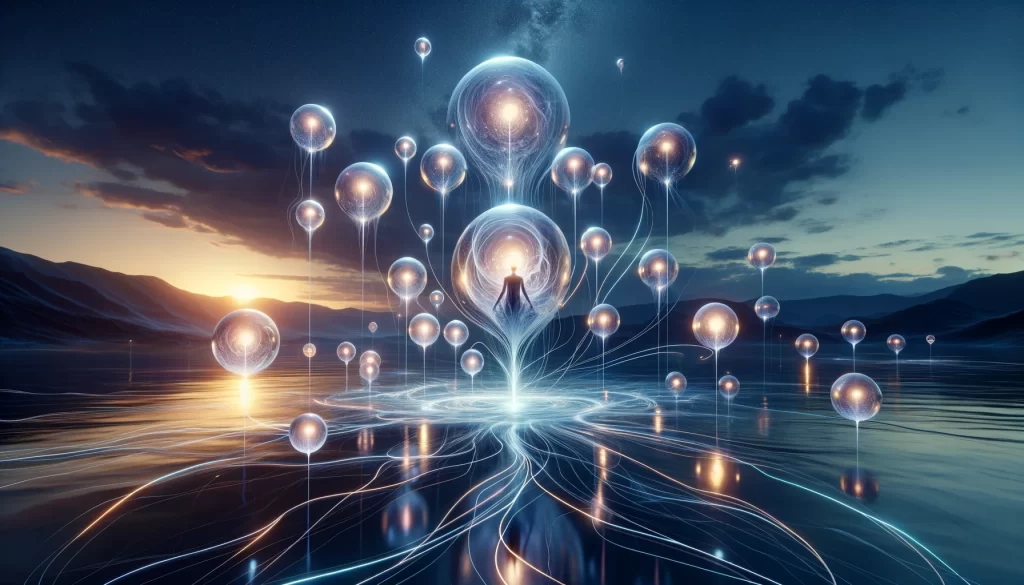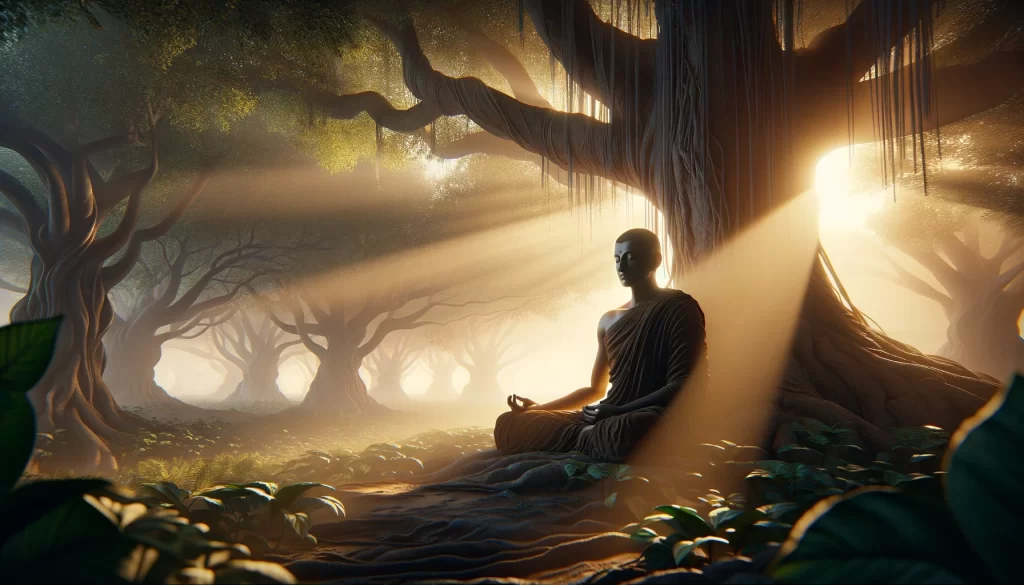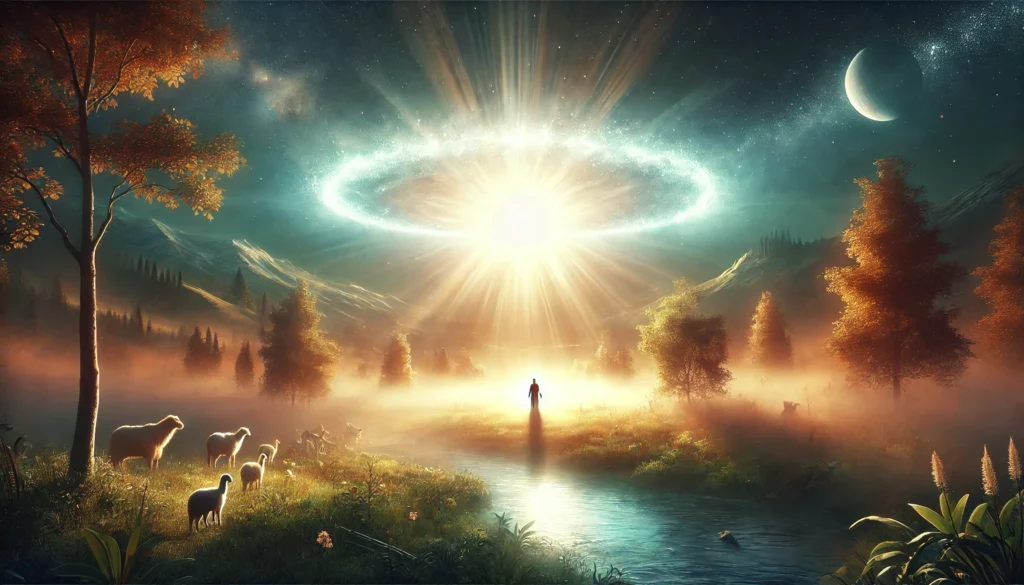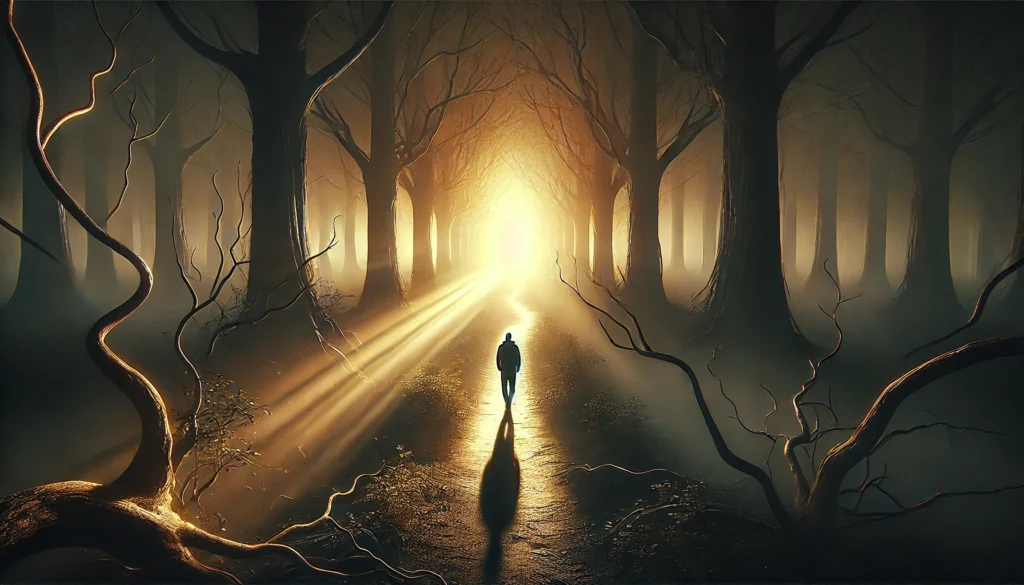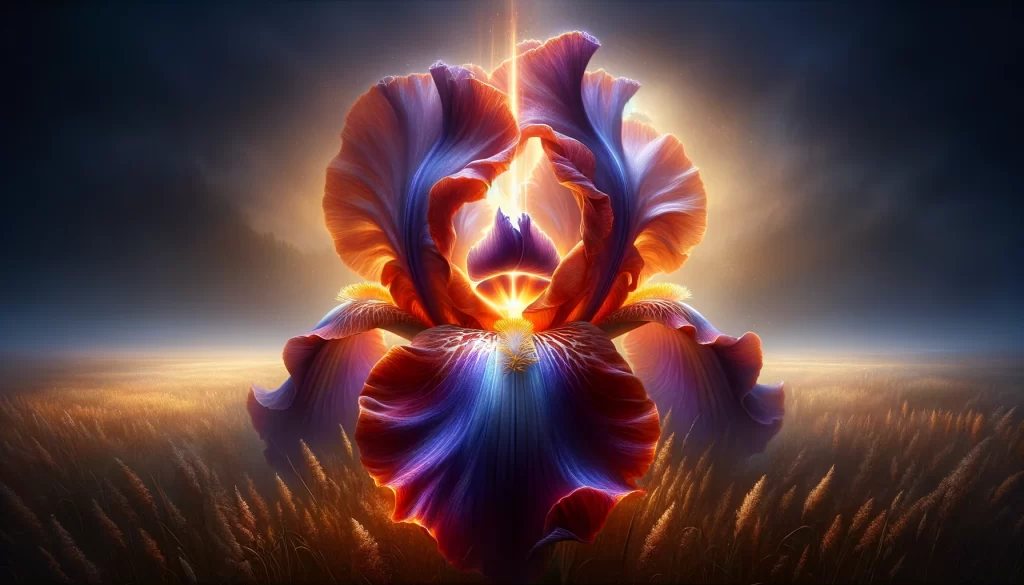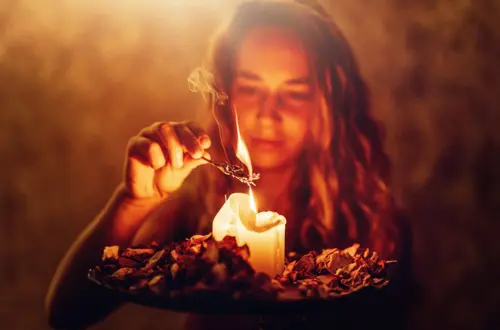When a loved one is hurting or in need, many of us will send a message saying something like, ‘I...
Read More
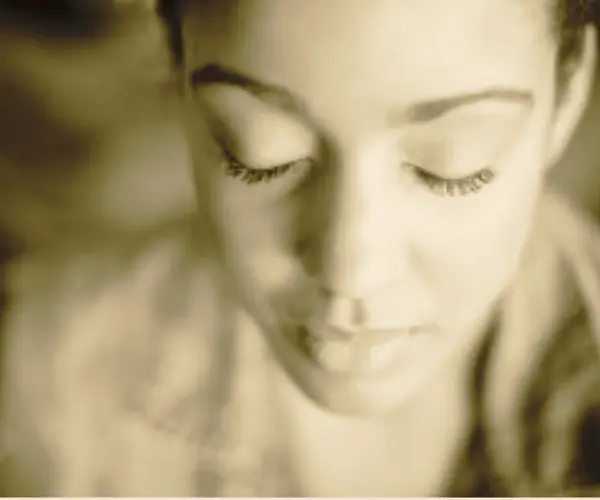
Harvard Meditation Study: Resilience, Tummo Meditation and Inner Peace
Read The Article
What Exactly Is The Soul – A Definitive Answer
 Paul Wagner
Paul Wagner
 January 30, 2025
January 30, 2025
The Soul's Journey: Understanding Memory, Liberation, and Enlightenment The soul's journey toward enlightenment is a profound exploration that transcends...
Read More
Grande Apology From The New Age
 Paul Wagner
Paul Wagner
 January 23, 2025
January 23, 2025
Grande Apology From The New Age Dear Seekers of New Age Spirituality, I stand before you, nearly a global...
Read More
Bodhi Day: The Awakening Of Siddhartha Into The Buddha
 Paul Wagner
Paul Wagner
 January 16, 2025
January 16, 2025
Bodhi Day: The Awakening Of Siddhartha Into The Buddha Bodhi Day, commemorating the enlightenment of Siddhartha Gautama, the historical Buddha,...
Read More
Transformational Self-Inquiry For Fancy New Agers
 Paul Wagner
Paul Wagner
 January 7, 2025
January 7, 2025
Transformational Self-Inquiry For Fancy New Agers In the ever-expanding universe of New Age spirituality, where the boundaries between the tangible...
Read More
The Externalizer Personality Is Toxic When Dating And Partnering
 Paul Wagner
Paul Wagner
 December 31, 2024
December 31, 2024
The Externalizer Personality Is Toxic When Dating And Partnering Ah, The Externalizer – a fascinating specimen in the complex...
Read More
The Alchemy of Surrender: A Journey to Liberation and Divine Joy
 Paul Wagner
Paul Wagner
 December 24, 2024
December 24, 2024
The Alchemy of Surrender: A Journey to Liberation and Divine Joy In the dance of life, where each step can...
Read More
Grace: The Mystical Force That Transforms All Realms
 Paul Wagner
Paul Wagner
 December 18, 2024
December 18, 2024
Grace: The Mystical Force That Transforms All Realms Grace, that invisible thread connecting us to the Divine, is a...
Read More
Fear and the Path to Liberation: A Spiritual Journey Beyond the Mind
 Paul Wagner
Paul Wagner
 December 11, 2024
December 11, 2024
Fear and the Path to Liberation: A Spiritual Journey Beyond the Mind By Paul Wagner (Krishna Kalesh) In our...
Read More
The Power & Pervasiveness Of The Feminine
 Paul Wagner
Paul Wagner
 December 10, 2024
December 10, 2024
The Power & Pervasiveness Of The Feminine In the hazy, aggressive Masculine at the core of the chaos in the...
Read More
Unmasking “Spiritual Hospice”: Navigating the Pitfalls of Narcissistic New-Age Spirituality
 Paul Wagner
Paul Wagner
 December 5, 2024
December 5, 2024
Spiritual Hospice: The Pitfalls of The Narcissistic New-Age In the age of social media and instant gratification, the realm of...
Read More
The Complex Identity Of Being Born Again
 Paul Wagner
Paul Wagner
 December 3, 2024
December 3, 2024
The Complex Landscape of Being Born Again Faith is a profound and deeply personal journey for millions of people around...
Read More

